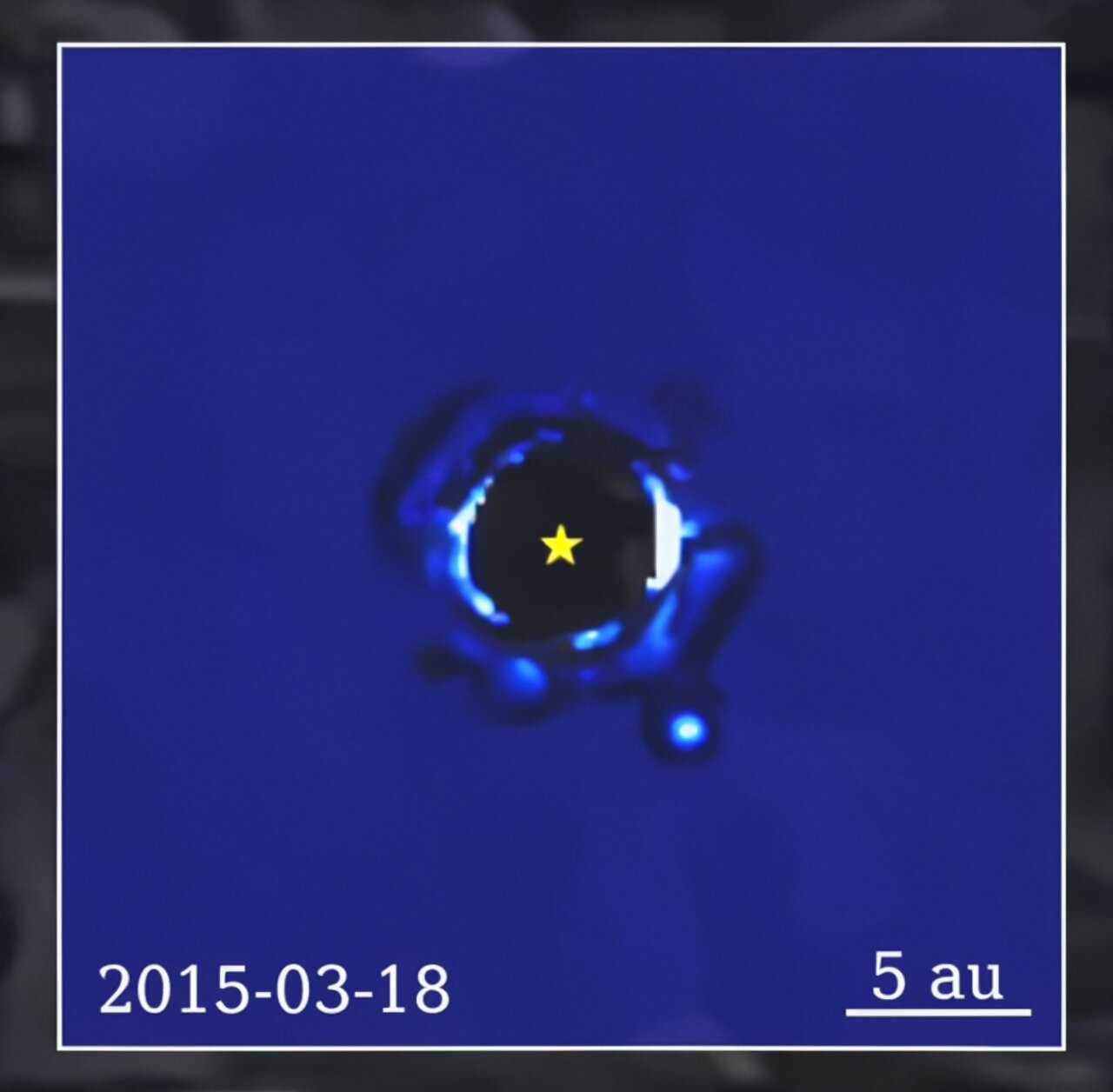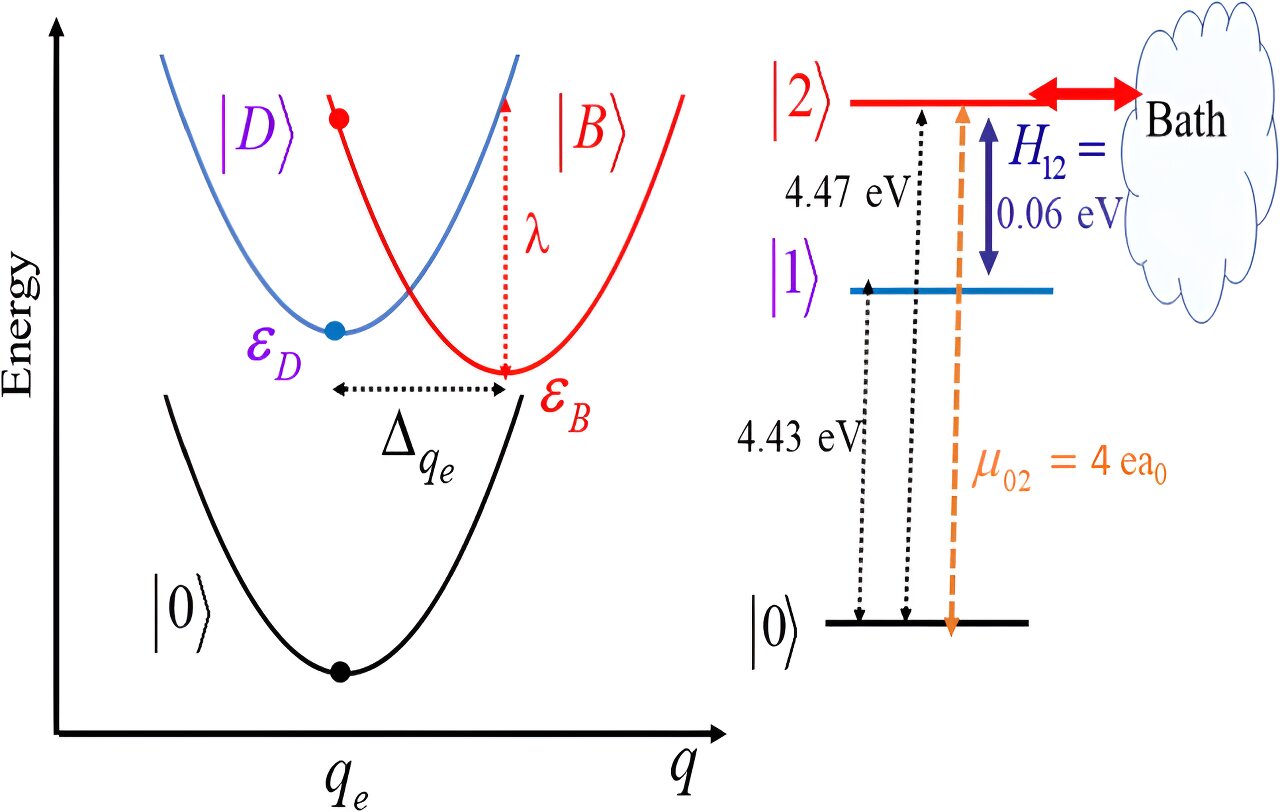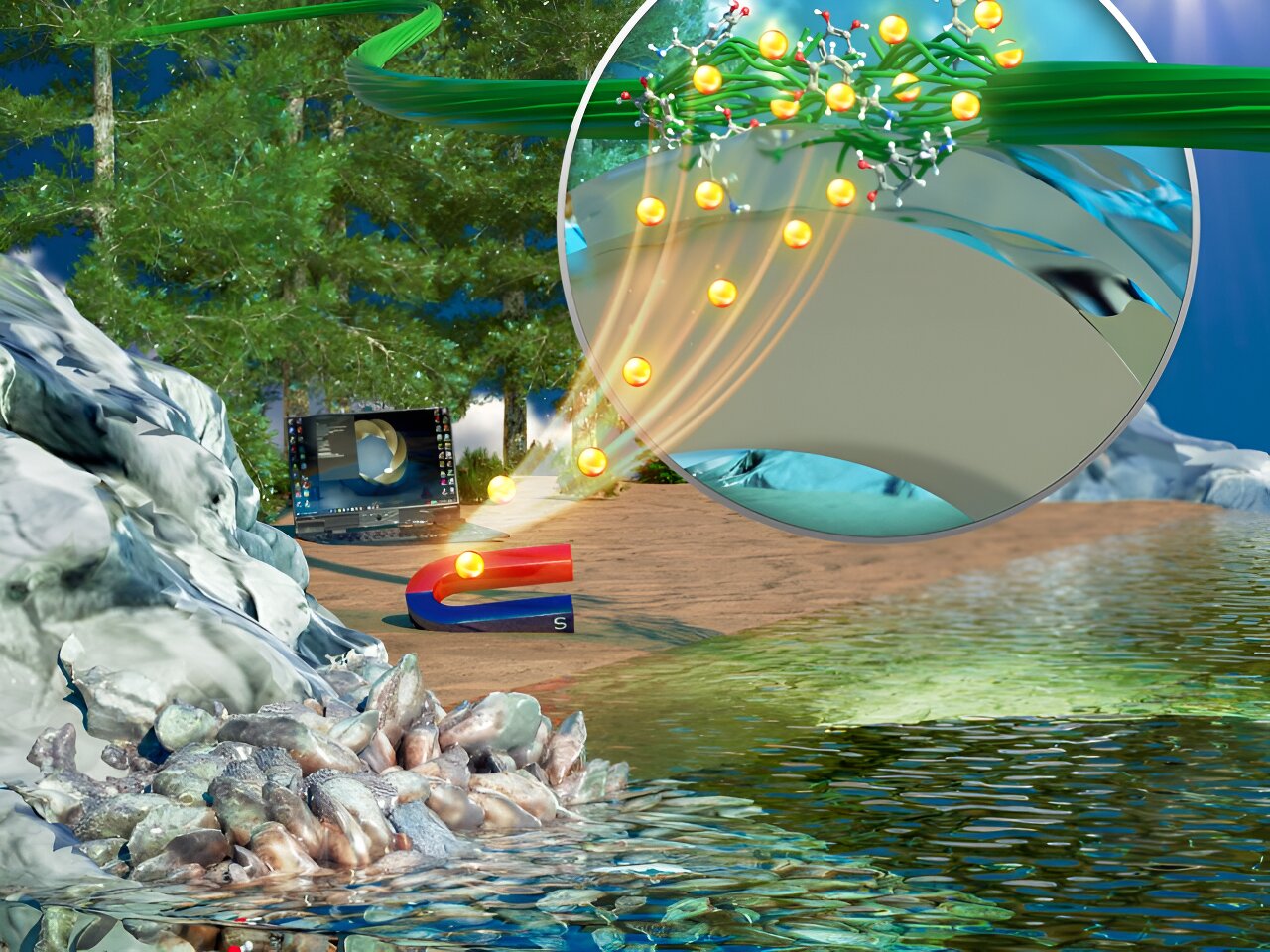Prepare to be amazed! A Northwestern University astrophysicist has just released the longest time-lapse video of an exoplanet ever created.
Constructed from real data, this incredible footage showcases Beta Pictoris b—a planet 12 times the mass of Jupiter—as it gracefully orbits its star in a tilted orbit. In just 10 seconds, you’ll witness 17 years of footage (collected between 2003 and 2020), capturing about 75% of one full orbit. It’s a mesmerizing display of celestial beauty.
“We’re almost there. Patience is key,” says Northwestern astrophysicist Jason Wang, who led the project. “We need another six years of data before we can see one whole orbit.” Wang, an expert in exoplanet imaging, is an assistant professor of physics and astronomy at Northwestern’s Weinberg College of Arts and Sciences and a member of the Center for Interdisciplinary Exploration and Research in Astrophysics (CIERA).
But this isn’t Wang’s first foray into exoplanet time-lapse videos. Last year, he unveiled a stunning 12-year video showcasing a family of four exoplanets orbiting their star. His dedication to capturing these celestial wonders knows no bounds.
Beta Pictoris b is an extraordinary planet located about 63 light-years from Earth in the constellation Pictor. It’s a behemoth, with a size 12 times that of Jupiter. Compared to our sun, Beta Pictoris is 1.75 times as massive and 8.7 times more luminous. And at just 20 to 26 million years old, it’s still in its cosmic infancy.
When Beta Pictoris b was first discovered in 2003, its sheer size and brightness made it stand out among other exoplanets. “It’s extremely bright,” explains Wang. “That’s why it’s one of the first exoplanets to ever be discovered and directly imaged. It’s so big that it’s at the boundary of a planet and a brown dwarf, which are more massive than planets.”
Tracking Beta Pictoris b’s journey has been a labor of love for Wang. His first time-lapse video showcased five years of the planet’s orbit. For this extended version, Wang enlisted the help of Malachi Noel, a talented student from New Trier High School in Winnetka, Illinois. Noel, who participated in CIERA’s Research Experiences in Astronomy at CIERA for High School Students (REACH) program, joined Wang’s team in January 2023.
Noel utilized cutting-edge AI-driven image-processing techniques to analyze archival imaging data from three instruments. With Wang’s expertise in motion interpolation, they were able to create a seamless and continuous video that captures the exoplanet’s journey through space. It’s a true testament to the power of collaboration and innovation.
“If we just combined the images, the video would look really jittery because we didn’t have continuous viewing of the system every day for 17 years,” explains Wang. “The algorithm smooths out that jitter, so we can imagine how the planet would look if we did see it every day.”
Noel adds, “I really enjoyed working with the data. While it is too early to know for sure, astrophysics is definitely a career path I am seriously considering.”
To create this awe-inspiring video, Wang utilized advanced technologies such as “adaptive optics” to correct image blurring caused by Earth’s atmosphere. He also employed specialized instrumentation to suppress the glare of the central star in the system. This is why you’ll notice a black circle surrounding a cartoon star icon in the center of the video.
Despite these techniques, the star’s intense glare sometimes overshadows the exoplanet when they come too close. To address this, Wang marked the briefly unobservable exoplanet with an “x,” allowing viewers to trace its path and appreciate its celestial dance.
Wang’s hope is that these exoplanet videos provide viewers with a deeper understanding of planetary motion and a profound appreciation for the wonders of the universe. “A movie—that you can see with your own eyes—gives a visceral kind of appreciation for physics that you wouldn’t gain from just looking at plots on a graph,” he says.
To








